Technological advancement has increased exponentially. However, biological evolution continues to move slowly. Are our animal selves dangerously out-of-sync with the progress made in the digital world? We must, perhaps counter-intuitively, use the technology of virtual reality to re-align our organic identities with our digital ones, write Mike Heim.
The evolutionary loop between embodied selves and media production is out-of-sync. Dangerously out-of-phase. People adjust to new technology, and the producers in turn target a new kind of user. Over time, the gap between our embodied selves and the online world produces a Divided Self. We might draw on past models to better synchronize the loop to create an alternate and more deliberate evolution. The changing relationship between evolving organisms and their technology is an art project of major proportions. The artists might consider the feedback model explored by Robert Monroe in the 1960s.
The Divided Self
During the February 2021 US Senate Impeachment trial, Senator Rand Paul looked down and doodled on a yellow pad while the shocking video evidence of the January 2021 assault on the Capitol Building showed the violence and death in the attempted coup. Hundreds of mobile phones recorded the riot. It would take a political psychoanalyst to explain the Senator’s reaction to the weeks-old spectacle, but simply watching from afar, we might tag the senator another instance of the “Divided Self.”
Such evasive behavior can remind us of the sense of division felt in online activities. There the authentic self hides behind secret passwords and fingerprint scanners. And these masks are only the prelude to meeting other people’s online masks and avatars. Any avatar or emoticon can hide a troll. That is in the nature of avatars and icons. Emails too can be fake. And the sympathetically listening facial expression on Zoom might actually be a pre-recorded one-minute video loop.
Behind the masks are often a larger context of signaled intentions and security protocols to convey safety and to re-assure users. Still, the gap between glyph and feeling makes lying possible, if not inevitable. Words themselves introduce lie-ability. Former President Trump’s Big Lie (“the election was stolen”) continues to ricochet across a vast cyberspace beyond the control of governments and tech producers. Internationally, governments scramble to re-invent a decently shared public space that is safe and productive. The public space will, to some degree, always project a persona - Greek for “mask” — of which the avatar is just one guise.
The changing relationship between evolving organisms and their technology is an art project of major proportions
VR Facebook
The search for trustworthy public space cannot tame the whiplash of tech development. Human cultures shift slowly while software and hardware follow Moore’s Law. One of the most rapid tech developments happened over the past five years in the case of Virtual Reality (VR). The investment value of VR spiked mightily after Facebook acquired Oculus in 2014. The boost in Facebook R & D greatly improved VR equipment — headset and tracking gear. At the same time in global culture, the COVID-19 pandemic intensified the quantity and quality of virtual meetings and online play spaces. As the foremost leader in “surveillance capitalism” (Shoshana Zuboff), Facebook has put full-body telemetry on the cultural horizon. Subconscious gestures and the sympathetic nervous system are potentially new objects for data mining and mapping psych profiles. What does my game of table tennis in Oculus Quest reveal about my nervous system and about my instinctive responses? How does my history of personal purchases fit my body type? And so on....
Trade-offs & Challenges







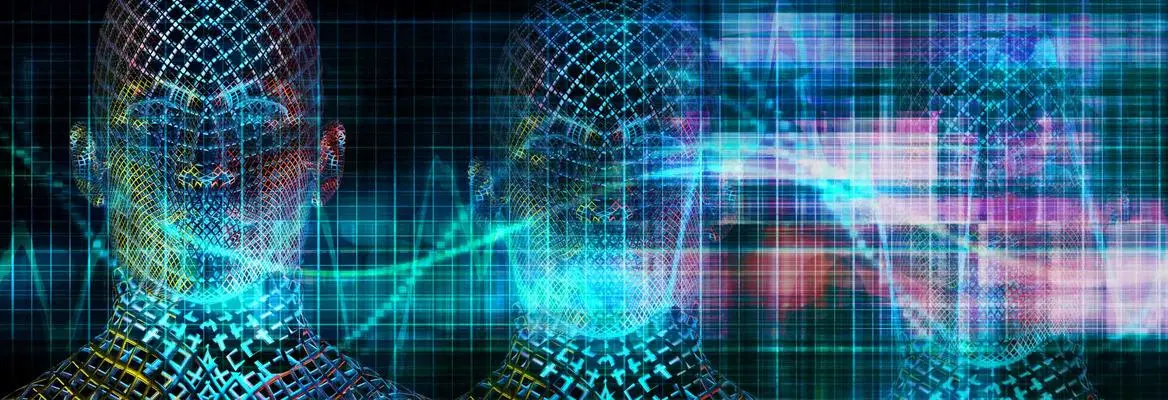




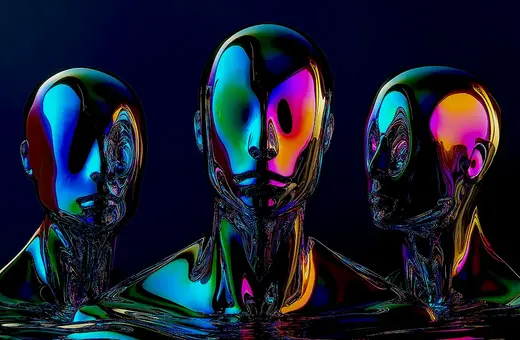

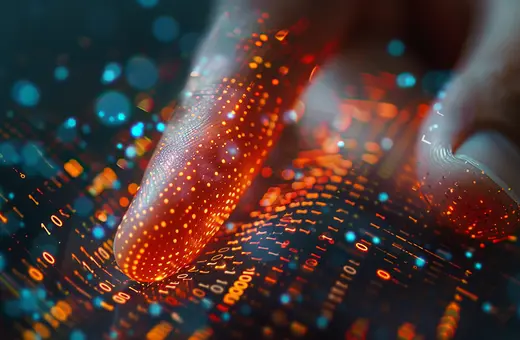
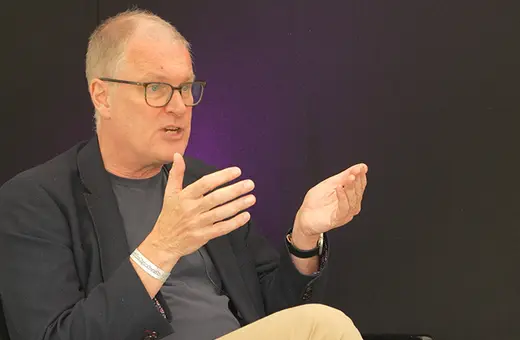


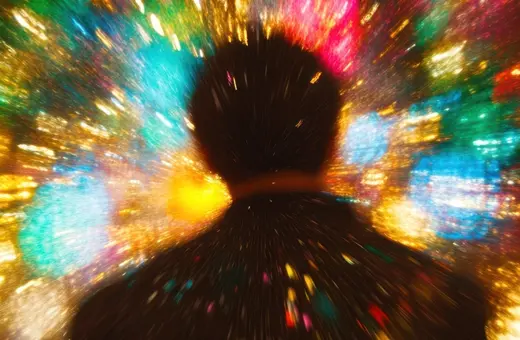
Join the conversation